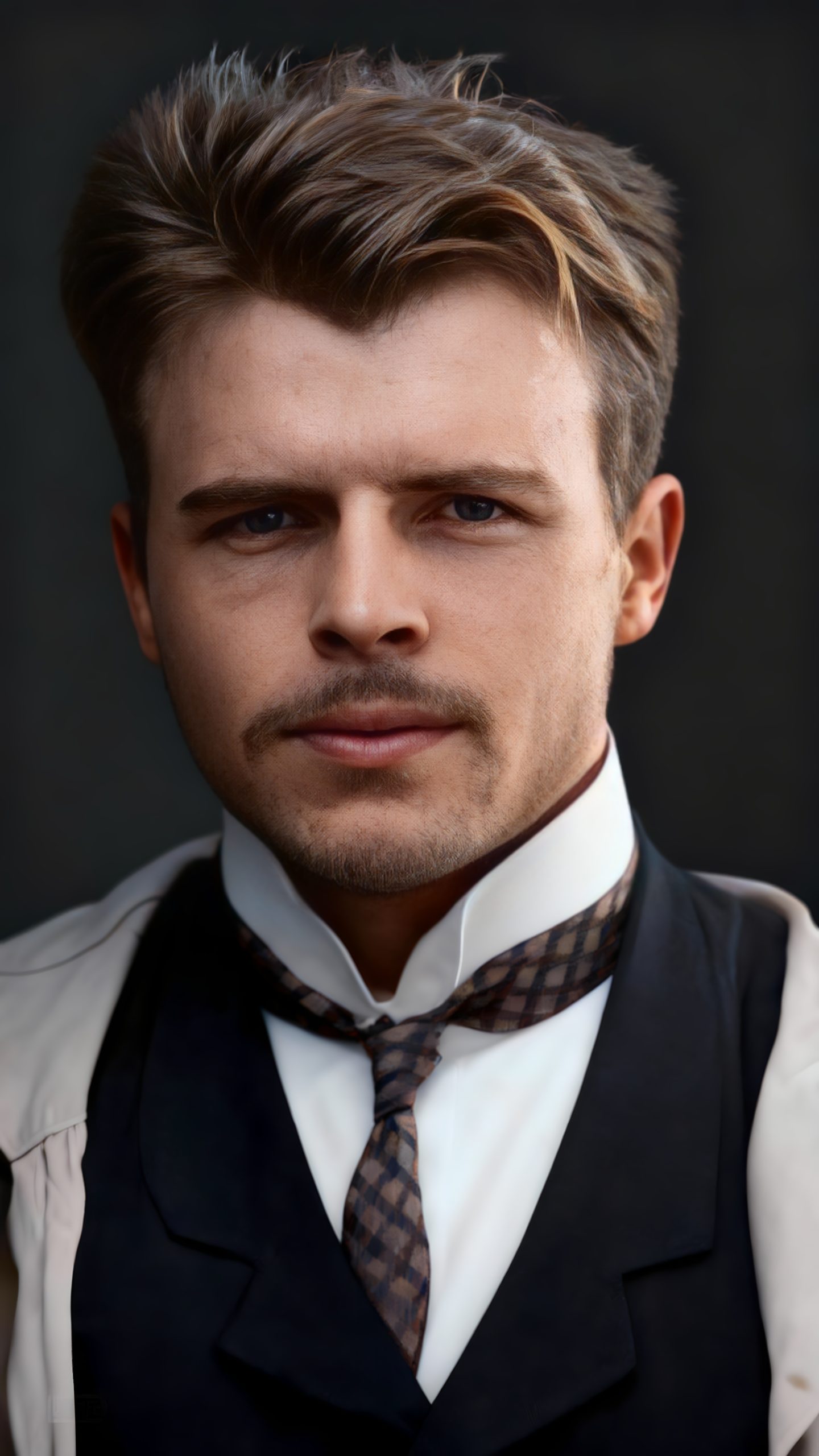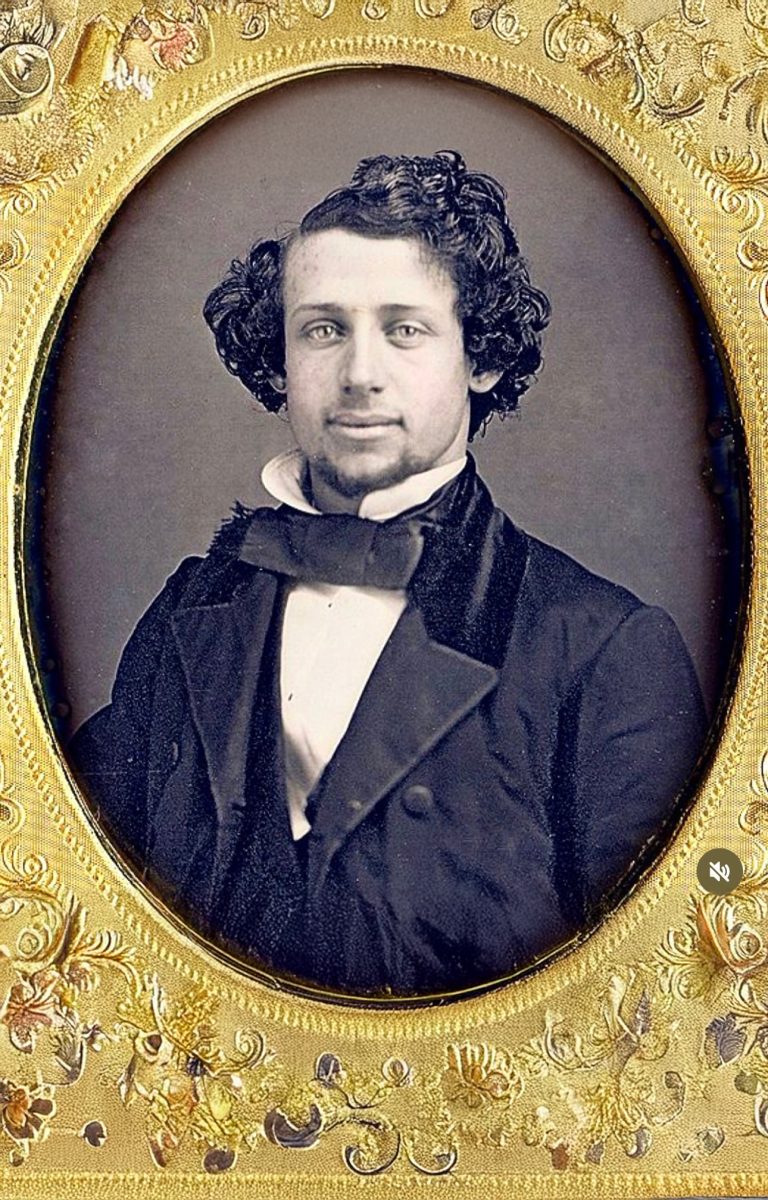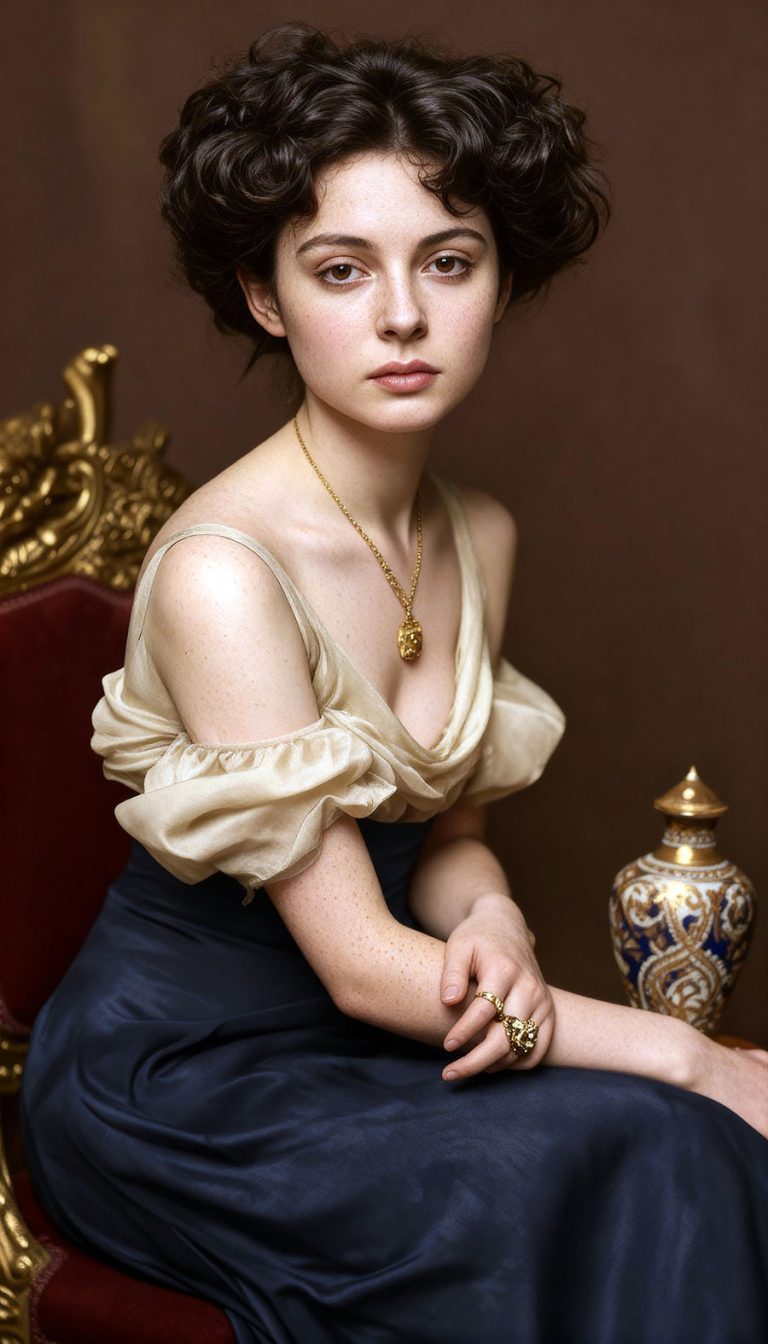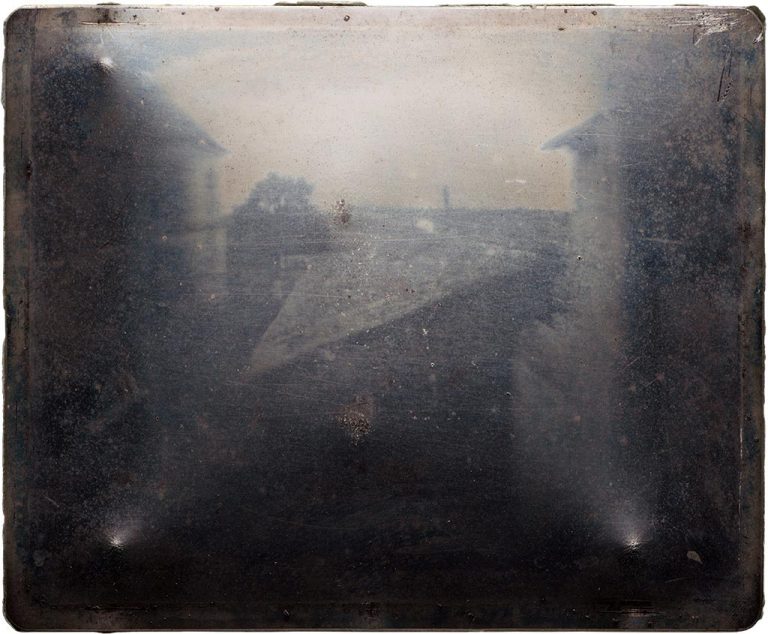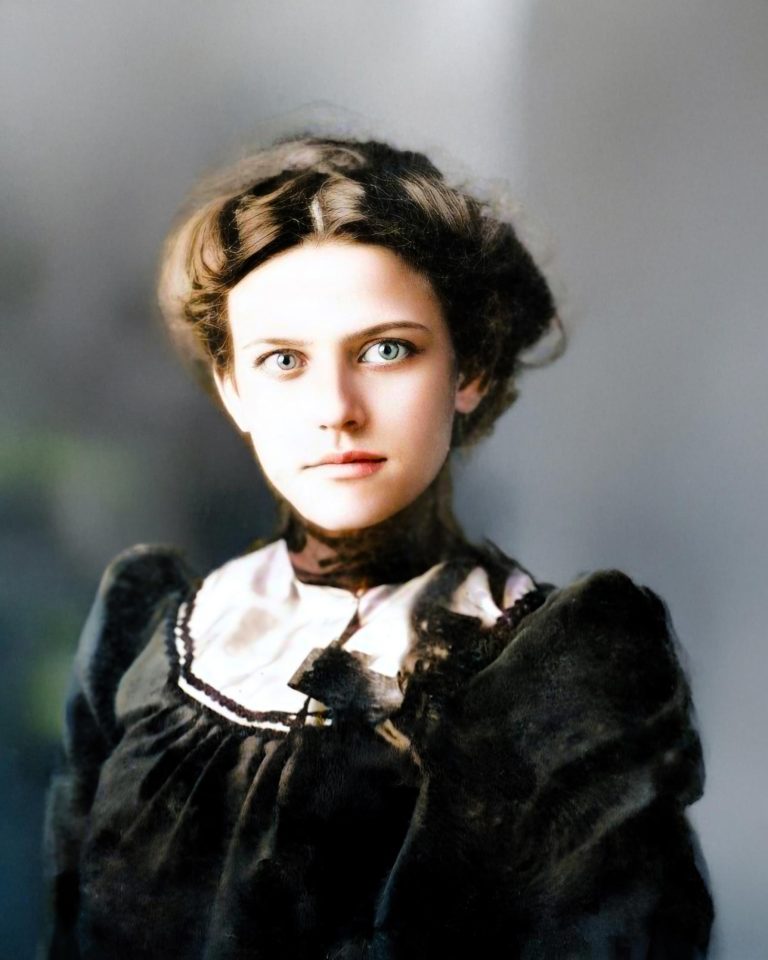Dr. Hermann Rorschach and the Inkblot
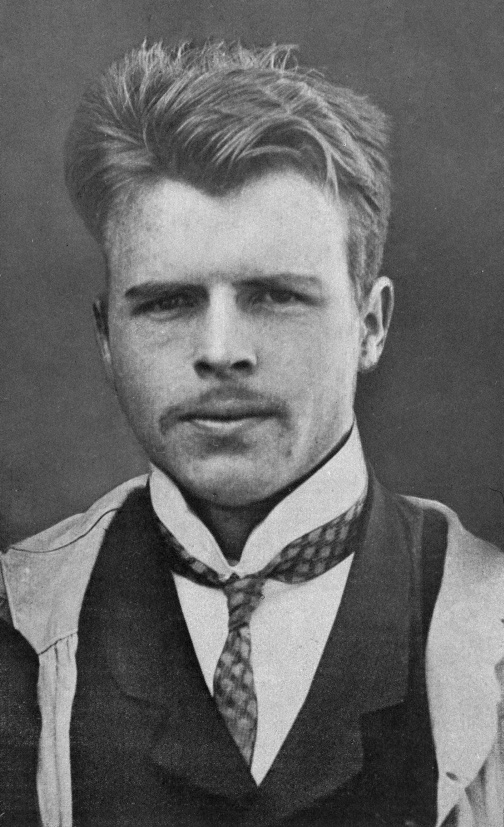
It’s 1910. The world of psychiatry is being utterly remade by the psychoanalytic theories of Sigmund Freud and the pioneering work of Carl Jung and Eugen Bleuler. Yet, amidst the flurry of new ideas focusing on dreams and word associations, a young Swiss psychiatrist is turning his attention to a most unexpected tool: the simple inkblot. That man is Hermann Rorschach.
Around 1910, Rorschach was just beginning his career and setting the stage for the work that would make him famous.
Completing His Medical Studies
Hermann Rorschach (born 1884) had just graduated with his medical degree from the University of Zurich in 1909, where he studied under the influential psychiatrist Eugen Bleuler. This period saw him fully immersed in the burgeoning field of psychoanalysis, laying the groundwork for his future explorations into the unconscious mind.
💡 The Seeds of the Inkblot Idea

While the formal Rorschach test was still a decade away (published in 1921), the intellectual fascination that drove it was very much alive around 1910.
- A Childhood Obsession: As a child, Rorschach was known by the nickname “Kleck” (German for “inkblot”) because he loved Klecksography, a popular game where one folds a piece of paper with ink to create a symmetrical image. His father, an art teacher, had encouraged his visual and artistic interests, which never left him.
- Early Perception Experiments: While still a medical student and young physician, Rorschach began showing inkblots to schoolchildren and analyzing their responses, initially interested in it as a perception experiment—a way to study how different people see and process the world visually.
- Doctoral Work: The critical piece of research that officially launched his inquiry began shortly after 1910. His doctoral dissertation, finalized in 1912, was on “Reflex Hallucinations and Symbolism,” a study of how one sensory stimulus could trigger a reaction in another sense (a form of synesthesia). This line of thinking was crucial: it provided a formal framework to consider how an unstructured visual stimulus (like an inkblot) could draw out personal and psychological responses.
Essentially, around 1910, Rorschach was graduating, getting married, and beginning to systematically investigate how individuals unconsciously project their internal life onto ambiguous external forms.
Why He Became Well Known: The Rorschach Test
Hermann Rorschach is remembered today almost exclusively for the psychological tool he developed: the Rorschach Inkblot Test.
A Window to the Unconscious
Rorschach noticed that people with different personality types, and especially those with different psychiatric diagnoses like schizophrenia (a term coined by his mentor, Bleuler, around 1908), tended to see things very differently in the same blots.
He realized the inkblots could serve as a “projective test.” The core idea is that when a person is shown a completely ambiguous image, they must ‘project’ their own internal, unconscious feelings, motives, and perception patterns onto the image to give it meaning.
A Systematic Approach
Rorschach’s genius wasn’t just in using inkblots—others had done that before him—but in making the process systematic and measurable. His test, published in his 1921 book Psychodiagnostik, consisted of ten specific, bilaterally symmetrical inkblots , five of them colored and five achromatic (black and white). He developed a comprehensive scoring system that analyzed several factors of the patient’s response:
- Location (W, D, Dd): Did they use the whole blot, a common detail, or a tiny detail?
- Determinant (F, C, M): Was the response based on the Form, Color, or perceived Movement?
- Content (H, A, Sc): What did they see (Human, Animal, Science)?
He believed the way a person constructed their response revealed their personality traits and cognitive processes far more than the content of the image they saw. Though controversial, the Rorschach test became one of the most famous and widely used tools in clinical psychology for decades, securing Hermann Rorschach’s lasting fame in the history of science.
The photograph of Hermann Rorschach, the great psychologist, taken over a century ago in the nascent years of his career, possesses a stillness typical of the 1910s. It is an image in shades of monochrome, a captured moment that offers a glimpse of the man who would later define how we understand visual projection and personality.
But what if that stillness could be broken?
I took that archival portrait and undertook a delicate, multi-stage digital revival, treating the image as both a historical document and a canvas for modern innovation.
The original photograph was a casualty of time: marred by fading, dust, and the unavoidable softness of early photography. The revival began with a painstaking process of digital reconstruction. Every faded area was reinforced, every subtle contour of his face—the sharpness of his eye, the line of his jaw—was clarified and restored, extracting visual fidelity that had been obscured for decades. The image was transformed from a blurry, low-resolution record into a sharp, high-definition study.
Next came the transition from monochrome to a true-to-life palette. The portrait was infused with realistic color, not merely overlaid, but intelligently mapped to the context of the era and the textures present in the image. His complexion gained warmth, the subtle distinctions in the fabric of his suit became visible, and the environment behind him gained depth. The effect was immediate, stripping away the filter of history and presenting him almost as he appeared the day the photo was taken.
The final, and most startling, step was transcending the photographic medium entirely. Using sophisticated techniques designed to interpret and animate static human features, the now-colorized portrait was imbued with subtle, authentic motion.
Suddenly, Rorschach is not just a picture on a page, but a figure in motion. His gaze shifts slightly, his lips momentarily hint at a restrained smile, and the slow, deliberate movement of his head suggests a moment of contemplation.
This digital revival transforms a flat historical artifact into a deeply personal encounter. It allows us to look directly into the eyes of the scientist as he might have looked a century ago—a visual moment that feels less like a historical portrait and more like a brief, silent meeting with the man himself. We are no longer simply viewing an image of the past, but momentarily experiencing a fragment from it.

Watch him move!
Get Your Images Done Too
If you want your images brought to life message me on Instagram.
Follow my other socials:
📌 Facebook: bringinghistory2life
📸 Instagram: bringing_history_to_life

